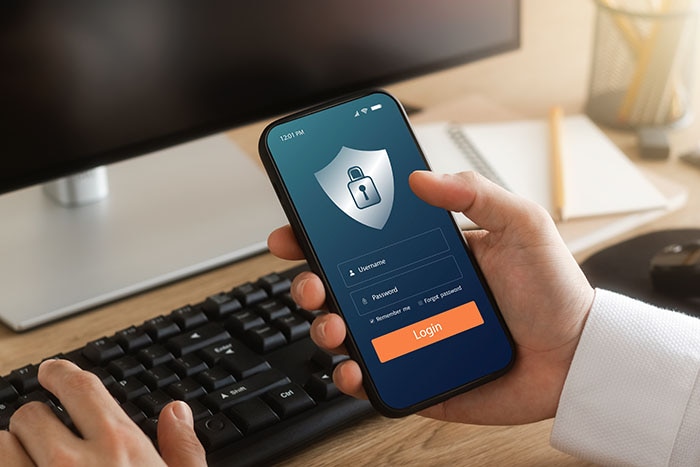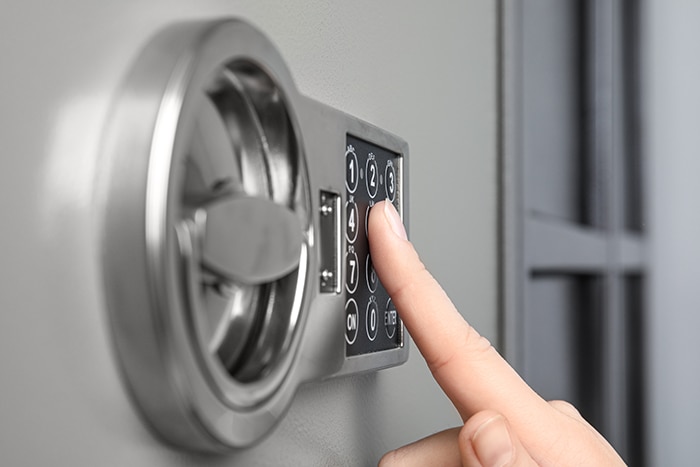John Nemoto
Vice-President, CGI Federal
As a senior cloud and cybersecurity expert, John Nemoto brings over 25 years of experience implementing mission critical systems in the public and private sector.













